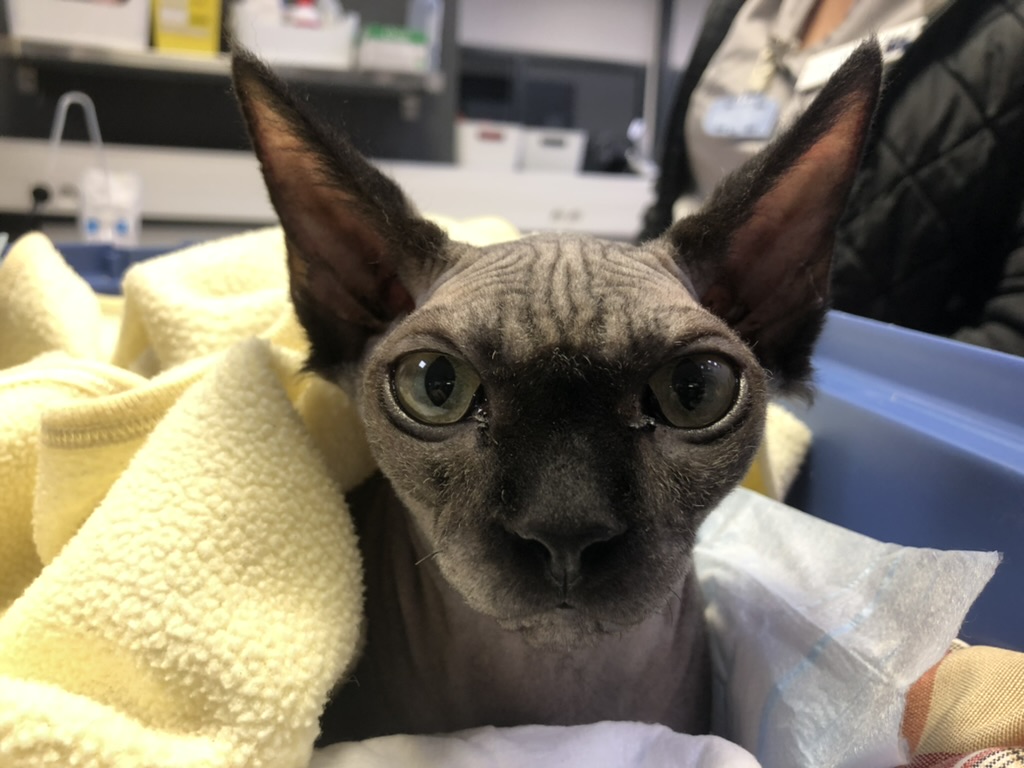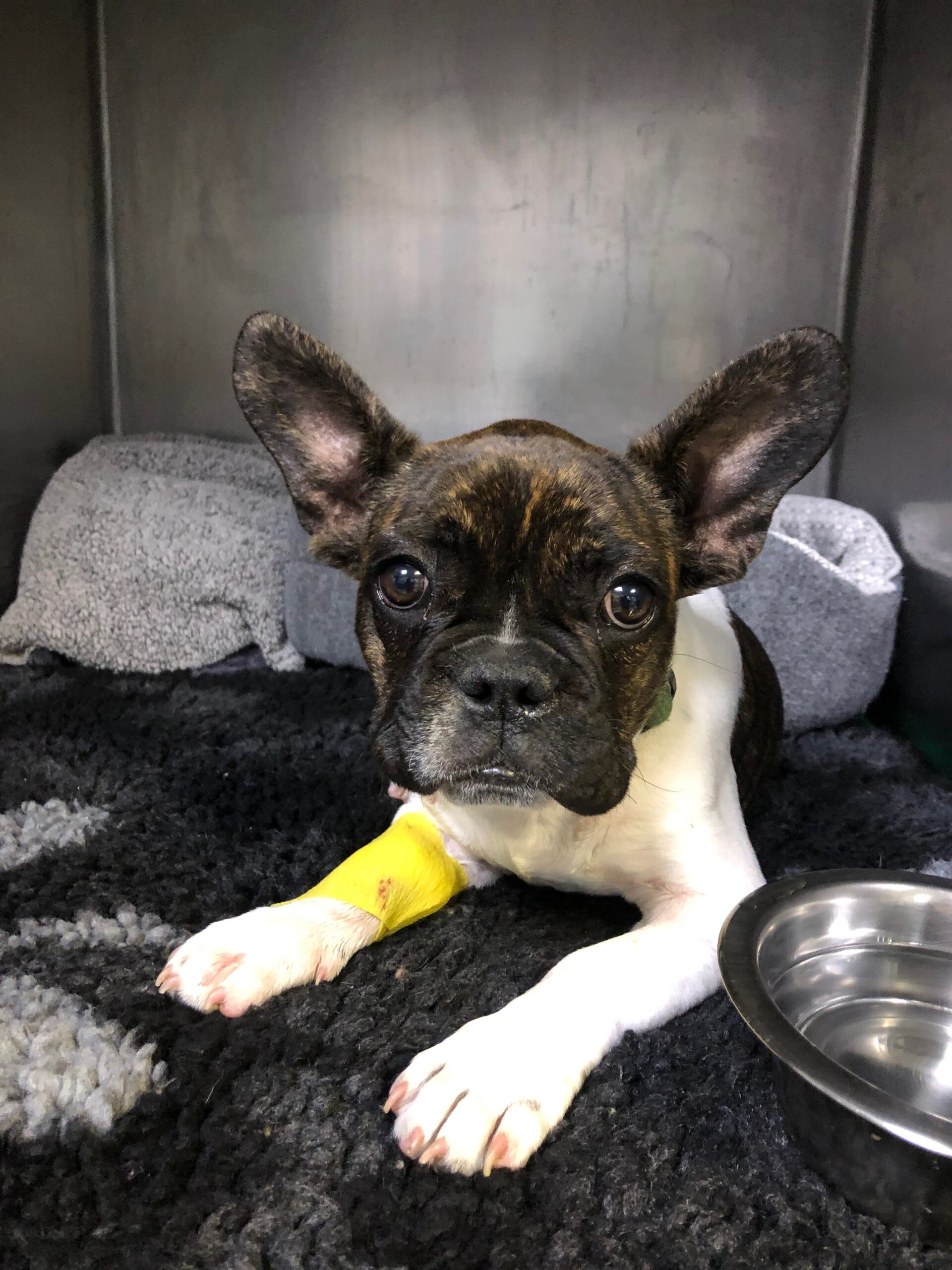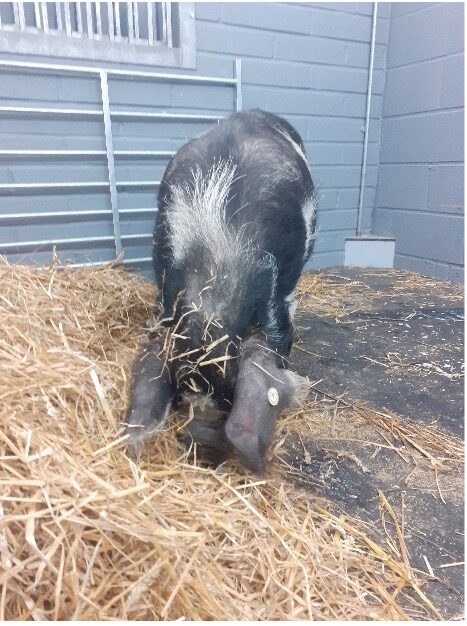Toscane, the Sphynx cat who underwent a faecal transplantation
Toscane, a 9mth old female neutered Sphynx cat
Before visiting the Specialist.
Animal Treated
Cob Gelding
Animal Condition
Skin allergy
Laminitis
Specialist(s) Required
Equine Internal Medicine
Anatomic Pathology Specialist
Jet, a 4-year old Cob gelding developed laminitis following treatment for severe skin disease.
Before visiting the Specialist.
Jet had presented to his own vet with itchy skin that had not responded to treatment for mites nor with antibacterial shampoos. As he was making his skin bleed and destroying his stable, he was referred to an equine medicine specialist.
Jet’s Care
The appearance of Jet’s skin lesions matched with those usually seen in older horses with an exaggerated response to midges (biting flies) – however, it was the wrong time of the year to see these midges. The medicine specialist therefore took a biopsy of the skin and sent it to a specialist pathologist at Rossdales to look at the cells in the skin under a microscope and to culture the skin. The results came back that there was an allergy, but also a secondary infection. So Jet was treated with antibiotics for the bacterial skin infection and with anti-inflammatories and anti-histamines. He was discharged back to his own vet. Over the next 2 weeks Jet’s skin really improved and he stopped itching so his antibiotics were stopped and tapering of the other drugs was initiated. As he was improving so much, his basic riding training began. After one training episode, he was presented to the primary care vet very lame in one leg. No cause was initially identified, but three days later it became clear that he was sore in both front feet due to laminitis. At this stage, he was referred back to the medicine specialist.
Jet’s Progress.
It became likely that Jet had developed laminitis as a rare side effect of the steroids that had been administered for his skin disease. X-rays were taken of his feet and showed that he had some rotation of the bone in his hoof capsule which was responsible for making him so sore. The medicine specialist worked with some excellent farriers to provide appropriate foot care. A specialist pain relief plan was constructed for him including the addition of a new drug thought to be extremely beneficial in cases of laminitis called ertugliflozin. He is improving, the bone in his hoof capsule is stable and fingers crossed he will return to work.


